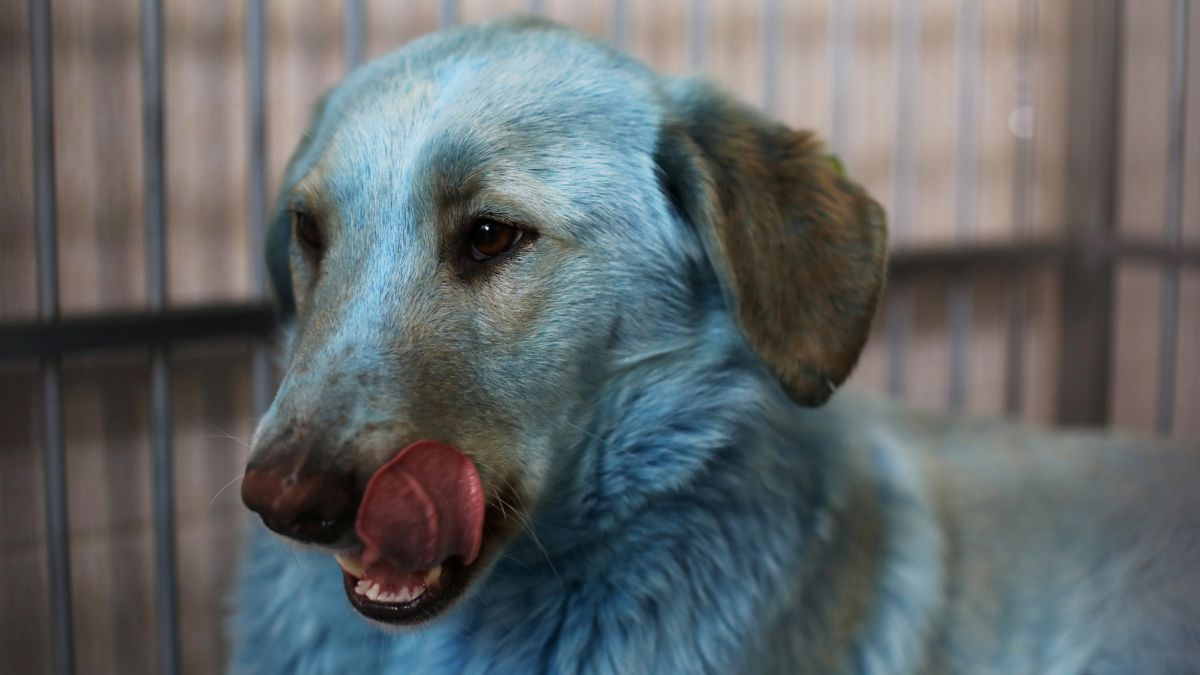
An unusual phenomenon has shocked the public and the scientific community with reports of bright blue fur dogs in the Chernobyl Exclusion Zone, according to the publication on Science Mail.
Animal care volunteers in the area, which was the site of one of the worst nuclear disasters in history in 1986, are currently trying to determine the cause of this abnormal coloration in the canines, the report states.
These caretakers from the Chernobyl Dogs organization, a branch of the Clean Future Fund, were the first to spot several dogs with unusual blue fur.
Later, a video posted on social media shows at least one pack of completely blue dogs. The group noted that these animals did not have this color last week and speculated that they may have come into contact with some kind of chemical substance. Despite their alarming coloration, they emphasized that the dogs appear active and healthy.
Since 2017, this organization has cared for approximately 700 dogs, descendants of pets abandoned by residents after the 1986 evacuation. Volunteers provide them with food and veterinary care annually.
Internet users have speculated that the blue tint is due to external contamination that may have been carried in. However, this event has once again highlighted the remarkable ability of local wildlife not only to survive but also to thrive in high-radiation conditions.
Radiation levels in the Chernobyl Exclusion Zone are 11.28 millirems, six times higher than the permissible limit for humans.
The scientific community has long studied the animals of Chernobyl, and recent research is shedding light on their unique nature. A 2023 study led by ecologist Norman J. Kleiman of Columbia University found that local dogs are genetically distinct from their relatives outside the zone.
Scientists analyzed blood samples from 116 stray dogs, collected during sterilization procedures, and discovered approximately 400 abnormal genomic regions.
The study identified 52 genes that could be directly related to chronic exposure to environmental pollution. These genetic mutations, passed down through generations, allowed the animals to adapt to prolonged exposure to radiation and heavy metals.
The scientists emphasize that living in such adverse conditions forces wild animals to undergo accelerated evolution, developing survival mechanisms in a toxic environment. (PL) (Photo: Taken from the Internet)